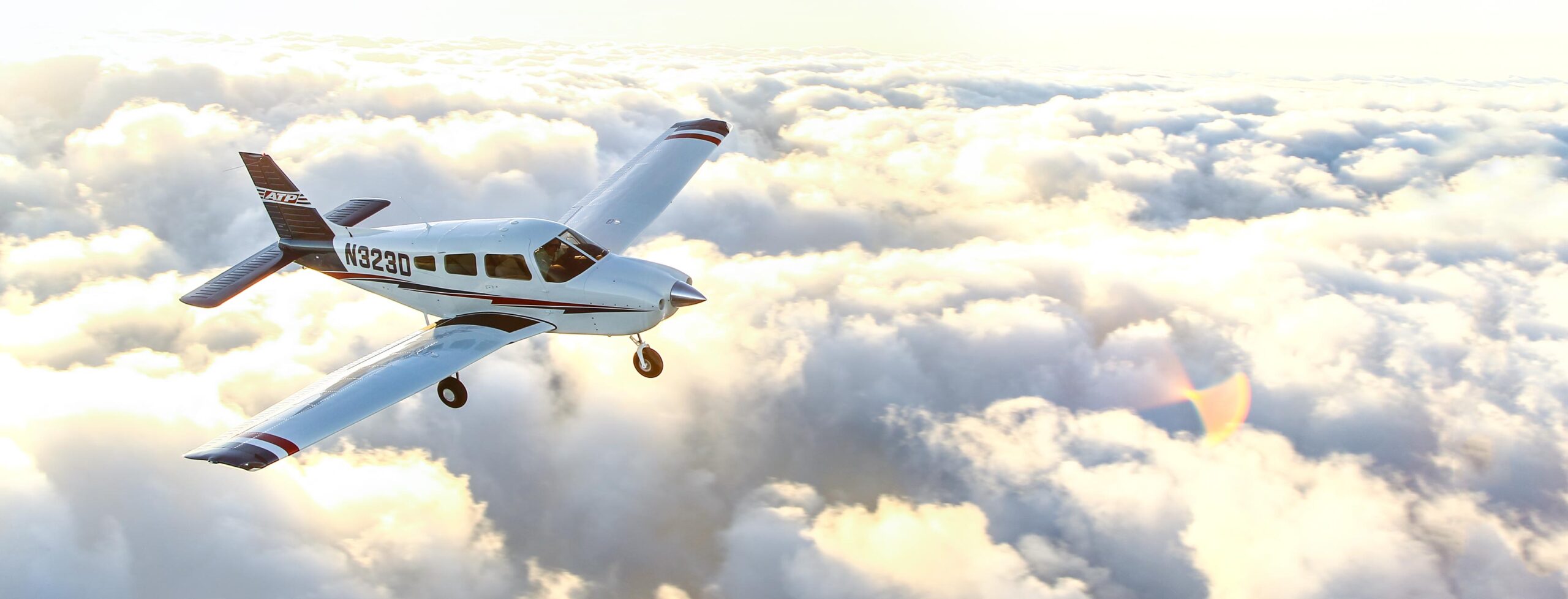
Red Way, a Nebraska-based start-up airline, has ambitious plans to “crawl, walk, run” as they aim to make their mark in the aviation industry. Meanwhile, the Mexican government has announced its intentions to revive the defunct airline Mexicana de Aviacion, this time under military control. In other news, United Airlines is set to resume daily flights between San Francisco and Beijing in November, while also increasing its presence in Shanghai with daily flights from San Francisco starting in October. Air Canada, on the other hand, has reported impressive second quarter results with operating income of $802 million and an operating margin of 14.8%. Driven by strong demand, their operating revenues reached an impressive $5.4 billion, marking a significant increase of 36% from the previous year. These developments not only showcase the diverse landscape of the aviation industry but also provide an insight into the strategies employed by different airlines to thrive in this highly competitive market.

Read About More Flight Schools Here!
Mexicana’s Rebirth as a Military-Run Airline
Background on Mexicana de Aviacion
Mexicana de Aviacion, once one of Mexico’s largest airlines, ceased operations in 2010 due to financial difficulties. However, the Mexican government has announced plans to revive the airline under a new model – as a military-run airline. This decision has sparked both curiosity and speculation among industry experts and the public.
Mexican Government’s Plan
The Mexican government’s plan to launch a military-run airline involves resurrecting the Mexicana de Aviacion brand. The idea behind this move is to capitalize on the popularity and recognition of the former airline while leveraging the organizational structure and discipline of the military. By combining military cooperation and resources with the aviation industry’s expertise, the government aims to establish a sustainable and efficient airline that serves both domestic and international markets.
Reasons for a Military-Run Airline
There are various reasons why the Mexican government has chosen to establish a military-run airline. Firstly, the military possesses a well-established and efficient organizational structure that can be applied to the airline industry. The military’s emphasis on discipline, precision, and attention to detail could potentially mitigate past issues that plagued Mexicana de Aviacion.
Furthermore, a military-run airline would serve as a strategic asset for the Mexican government. It could be utilized for national security purposes, such as transporting military personnel and equipment, enhancing the country’s capabilities in times of emergencies or conflict. Additionally, it could contribute to the economic development and stability of the aviation industry by providing competition and increasing connectivity.
By reviving Mexicana de Aviacion as a military-run airline, the Mexican government aims to create a sustainable and profitable venture that not only serves the needs of the military but also benefits the Mexican people and economy as a whole.
Love Flying? Read All About It Here!
Nebraska-based Red Way Start-up Airline
Overview of Red Way
Red Way is a Nebraska-based start-up airline that has adopted an innovative approach to its development. Founded by a group of aviation enthusiasts and industry professionals, Red Way aims to establish itself as a major player in the industry by following a carefully planned growth strategy.
The airline prides itself on its commitment to safety, reliability, and customer satisfaction. With a focus on offering quality service at competitive prices, Red Way aims to attract both leisure and business travelers. By tapping into the potential of underserved markets and emphasizing customer experience, Red Way aims to carve out a niche for itself in the highly competitive airline industry.
CEO’s Vision: ‘Crawl, Walk, Run’
The CEO of Red Way, in line with the company’s growth strategy, has coined the phrase ‘Crawl, Walk, Run’ to describe the airline’s approach. The CEO believes that in order to succeed and establish a strong foundation, it is important to start small, learn from experience, and gradually expand.
Red Way’s ‘Crawl’ phase involves initially launching flights to a limited number of destinations, focusing on building a loyal customer base, and establishing operational excellence. This phase allows the airline to fine-tune its operations, identify and rectify any potential issues, and build a reputation for reliability and customer satisfaction.
Once Red Way has successfully crawled, it moves on to the ‘Walk’ phase. During this phase, the airline expands its route network, increases its fleet size, and introduces additional customer amenities and services. This expansion allows Red Way to cater to a wider range of customers and meet the growing demand for air travel.
Finally, after achieving stability and success in the previous phases, Red Way enters the ‘Run’ phase. At this stage, the airline has established a strong brand presence, a robust network of destinations, and a loyal customer base. The focus now shifts to continued growth, fleet modernization, and further enhancing the overall customer experience.

United Airlines Expanding Route Network
Resumption of San Francisco – Beijing Flights
United Airlines has recently announced the resumption of daily flights between San Francisco and Beijing. This move comes as a positive sign for the airline industry, which has been heavily impacted by the ongoing COVID-19 pandemic. The resumption of this route signifies United Airlines’ confidence in the recovery of the international travel market.
With the reopening of borders and the easing of travel restrictions, United Airlines recognizes the pent-up demand for travel between San Francisco and Beijing. By offering daily flights on this route, the airline aims to provide travelers with convenient and reliable options to connect these two major global cities. This decision also reflects United Airlines’ commitment to rebuilding its route network and reconnecting people and economies around the world.
Increased Flying to Shanghai from San Francisco
In addition to the resumption of San Francisco – Beijing flights, United Airlines has also announced an increase in flying to Shanghai from San Francisco. Starting in October, the airline plans to operate daily flights on this route, providing passengers with more flexibility and options when traveling between the two cities.
The decision to increase flying to Shanghai is based on the growing demand for air travel between China and the United States. Shanghai, as a crucial economic and cultural hub, attracts a significant number of travelers for both business and leisure purposes. United Airlines recognizes the potential of this market and aims to capitalize on it by enhancing its service offerings and increasing its frequency of flights.
United Airlines’ expansion of its route network and the increased frequency of flights to popular destinations like Beijing and Shanghai highlights the industry’s gradual recovery and the growing confidence in international travel. As travel restrictions continue to ease and passenger demand increases, airlines are adapting and seizing opportunities to reconnect people and facilitate economic growth.

Air Canada’s Strong Second Quarter Results
Operating Income and Margin
Air Canada has reported impressive second-quarter results, with operating income reaching $802 million and an operating margin of 14.8%. These results reflect the airline’s ability to navigate through the challenges posed by the COVID-19 pandemic and capitalize on the gradual recovery of the industry.
The operating income achieved by Air Canada demonstrates the effectiveness of the airline’s strategies in maximizing revenue and managing costs. Despite the ongoing impact of travel restrictions and reduced passenger demand, Air Canada has implemented measures to optimize operational efficiency and streamline expenses. These efforts, combined with the gradual increase in passenger numbers, have contributed to the positive financial performance of the airline in the second quarter.
The operating margin of 14.8% showcases Air Canada’s ability to generate profits while effectively managing its resources and maintaining a stable financial position. This margin indicates the proportion of revenue that translates into operating income, providing a measure of the airline’s profitability. The strong operating margin achieved by Air Canada highlights the success of its operational and financial strategies in a challenging operating environment.
Factors Driving the Results
The second-quarter results of Air Canada were driven by a combination of factors. Firstly, the gradual easing of travel restrictions and the reopening of borders have led to an increase in passenger demand. As more people are vaccinated and travel confidence improves, Air Canada has experienced a steady recovery in passenger numbers, contributing to its improved financial performance.
Additionally, Air Canada’s cost-saving initiatives and operational efficiency measures have played a crucial role in driving its results. The airline has implemented strategies to streamline processes, optimize routes and flight schedules, and reduce operating costs. These efforts have allowed Air Canada to maintain a competitive position in the market while improving profitability and overall financial performance.
Furthermore, Air Canada’s adaptability and ability to pivot its operations in response to changing market conditions have contributed to its success. The airline has adjusted its route network, flight frequency, and service offerings to align with evolving passenger preferences and market demand. By remaining agile and responsive to market dynamics, Air Canada has been able to capture opportunities and drive growth.
Effectiveness of their Plan
The second-quarter results of Air Canada demonstrate the effectiveness of the airline’s strategic plan in navigating the challenges posed by the COVID-19 pandemic. The airline’s focus on optimizing operational efficiency, managing costs, and capitalizing on the gradual recovery of the industry has proven to be successful.
Air Canada’s ability to generate operating income and maintain a favorable operating margin in a challenging operating environment attests to the effectiveness of its plan. The airline’s strategies have allowed it to pivot its operations, adapt to changing market dynamics, and capture opportunities for growth. By capitalizing on increased passenger demand and implementing cost-saving measures, Air Canada has positioned itself for a strong recovery and long-term sustainability.
Financial Snapshot: Operating Revenues
In the second quarter, Air Canada reported operating revenues of $5.4 billion, representing a remarkable increase of 36% from a year ago. This significant growth in operating revenues reflects the gradual recovery of the industry and the increased demand for air travel.
The operating revenues achieved by Air Canada highlight the resilience and strength of the airline’s business model. Despite the challenging operating environment, Air Canada has successfully generated substantial revenue by capturing opportunities and adapting to evolving market conditions. The increase in operating revenues signifies the gradual recovery of passenger numbers and the positive outlook for the industry as a whole.
In conclusion, the second quarter results of Air Canada demonstrate its ability to navigate through the challenges posed by the COVID-19 pandemic and capitalize on the recovery of the industry. The strong operating income and margin, driven by factors such as increased passenger demand, cost-saving initiatives, and operational efficiency, highlight the effectiveness of Air Canada’s strategic plan. With a focus on long-term sustainability and profitability, Air Canada is well-positioned to continue its growth and success in the evolving aviation landscape.

